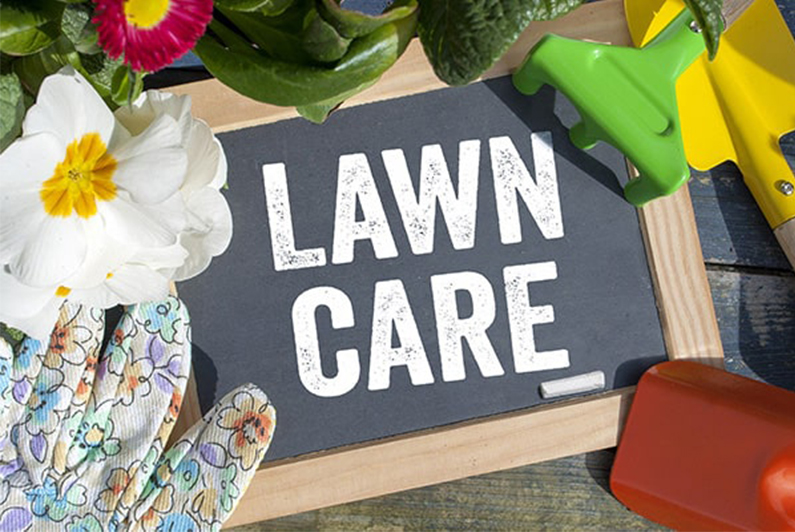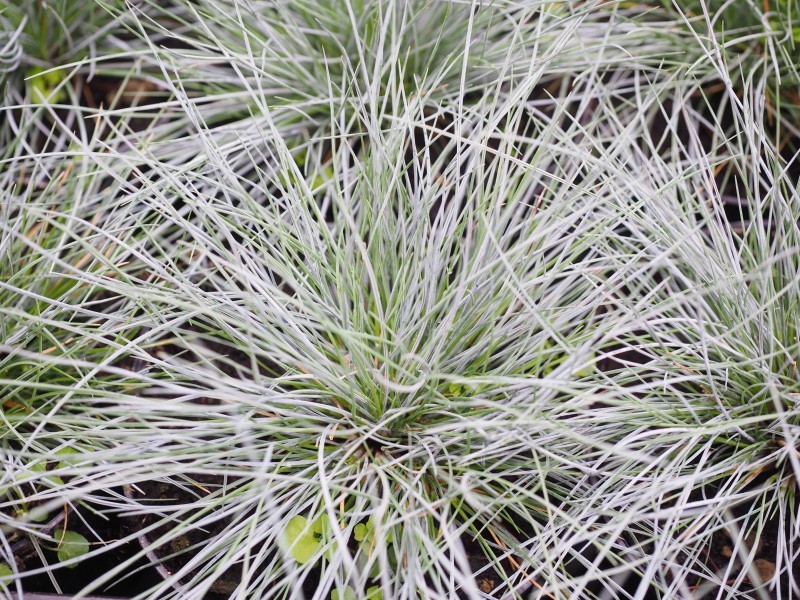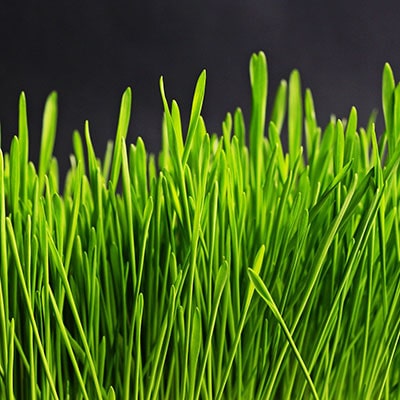![How to Create a No Mow Grass Lawn: A Complete Guide [UPDATED]](https://www.shedstore.co.uk/media/magefan_blog/grass-600x400_.jpg)
Welcome to our guide on how to create a no mow grass lawn, an environmentally friendly and sustainable alternative to traditional lawns. Embracing the no mow concept not only reduces the time and effort spent on grass lawn maintenance but also supports local biodiversity and pollinators.
Long grass is a key feature of a no mow lawn, creating a natural and wildlife-friendly habitat. By allowing wildflowers, wild plants, and native grasses to flourish, you can transform your outdoor space into a vibrant and eco-friendly haven. Join us as we explore the steps to create a lush, low maintenance no mow grass lawn.
Editor’s Note [21.08.23]: Our original article “How to create a no mow lawn” was originally published on April 24, 2015. This version is an extensive upgrade and features new content sections including five essential steps to creating a no mow lawn, 10 wildflowers you might see, and a comprehensive guide to "No Mow May".


What are the benefits of a no mow lawn?
Creating a no mow lawn is a great way to welcome natural habitats for wildlife, while also creating relaxing and beautiful places for your family to enjoy the natural world. Many people are choosing to reduce the size of their lawns for various reasons; some do it as a way to reduce the amount of water they use, some do it to reduce the amount of maintenance and time required for upkeep and others do it to reduce their overall footprint on the environment. The fact is returning an outdoor space to a more native environment does all of the above, creating a virtually maintenance-free landscape that still provides plenty of green coverage.
Five essential steps to creating a no mow lawn
Creating a no mow grass lawn involves several steps to transform traditional grass into a low-maintenance alternative. Here are five essential steps to establish your exciting new lawn:
1) Evaluation and planning
Assess the current condition of your lawn, including soil type/quality, sunlight exposure, and drainage. Determine the desired outcome for your lawn, considering factors such as aesthetics, functionality, and local regulations.
2) Removal of existing vegetation
Remove the existing turf grass by using methods like sheet mulching or mechanical removal. Create a "clean canvas" by clearing away any debris, rocks, or weeds that may hinder the transformation process.
3) Soil preparation
Conduct a soil test to determine its nutrient levels and pH, making necessary adjustments to improve soil health. Incorporate organic matter, like compost, into the soil to enhance its fertility, structure, and moisture-retention capabilities. Also, aerate and practice tilling as this better root growth and nutrient absorption.
4) Selecting and planting suitable plants
Research and select a variety of low-growing plants (wildflowers, native grasses, and low-maintenance plants) that are suitable for your specific climate, soil conditions, and desired aesthetics. Plan the layout and spacing of the plants, considering their growth habits, colours, and seasonal interest. Plant the selected plants following proper planting techniques and recommended spacing guidelines. Our next section details extensively “no mow grass choices”.
5) Mulching and irrigation
Apply a layer of mulch to the newly planted area to suppress weed growth, conserve moisture, and regulate soil temperature. Install an efficient irrigation system or hand-water the area regularly to establish and promote the growth of the newly planted vegetation.


No mow grass choices
Generally, a mixture of three species of fine fescue grass is what makes up a no mow lawn. Requiring little specialised care, fescues have visual appeal and are quite hardy plants as well. This no mow grass is the ideal choice to meet the goals of reducing the need for pesticides and herbicides, for moisture conservation, soil amendment, and to create natural habitat. Several species of this perennial cool season grass, fescue, have are low-growing and have characteristics of clumping and spreading.
This easy-natured grass is highly friendly to the environment, requiring very minimal, no mow lawn care. Building a seeded grass-type lawn is similar to the creation of a no mow lawn with these new fescue seed mixtures. Requiring many fewer resources than traditional turf grasses, these are sustainable turf-type plants that are very low maintenance. Follow these guidelines for creating and maintaining a beautiful and carefree no mow grass lawn.
A definition for fescue
In case you were wondering, a working definition for fescue is: “Fescue is a type of grass that is known for its fine texture, shade tolerance, and drought tolerant qualities, making it a popular choice for lawns and landscaping.”
Choosing the right blend of grasses
Preparation of the site to be altered must be done correctly as with any turf type project. After the preparations have been made it is time to choose the no mow fescue variety which is most appropriate for the needs of the region as well as the desire of the homeowner. There may be a certain design in mind that one type of seed mix can provide better than another. For instance, there is a bunch type grass called chewing's fescue that actually creates a denser turf than creeping red fescue and prefers shade and copes well with foot traffic. Creeping red fescue is a variant with seedlings that have excellent vigour but is slow to fill.


Still, another variant that is not tolerant to mowing, called hard and sheep fescues, is a great way to control erosion on ditches, hillsides, and swales. While the latter variation is not tolerant to regular mowing, other types will have different reactions that may be favourable, while each variation also has different drought tolerances and tones. Almost all varieties will perform well as a no mow lawn since they are natural grasses and do not require mechanical maintenance. Check to see which blends perform the best for the region; this will inform the decision related to the varieties of plants that are recommended in particular zones.
As an alternative to the fescue blends, there are blends of hair grass that work quite well for no mow lawns. These varieties include tufted hair grass and Pacific hair grass. The first type grows to about a foot or two and about two feet wide, producing clumps of dark green leaves. Appearing in late spring or summer are airy inflorescences that are green and then fade to the colour of straw.
Tufted hair grass likes full sun or partial shade and regular water, making it a very good wildflower meadow grass in certain zones. The latter type, the Pacific hair grass, grows to about the same height but only to about a foot wide with similar dark green leaves. It too will grow inflorescences that are narrow, coarse, and the colour of straw. Pacific hair grass has the same sunlight and water needs as tufted hair grass but also likes marshy or brackish locations.
Which wildflowers are often seen on a lawn?
In the UK, most gardeners adopting no mow grass lawn practices often find that the following list of wildflowers are seen amongst their lawns:


- Common bird's foot trefoil
- Common mouse ear
- Creeping buttercups
- Daisies
- Dandelion
- Field scabious
- Forget-me-nots
- Oxeye daisy
- White clover
- Yellow rattle
Ongoing maintenance
Incorporating low-growing ground cover plants adds visual interest and biodiversity while reducing maintenance needs. Installing a no mow lawn with fescue is a reliable way to reduce the need for water and for energy conservation. As stated above, some blends can be mowed, but the fact is the fescue replacement creates a natural landscape that is attractive without the need for cutting. It blends into the natural surroundings and shines with an inherent beauty. At planting time, it is a good idea to use a balanced starter fertiliser (organic is preferred).
A formula with double nitrogen can be used as a seasonal springtime application. In time, there will not be much need for weeding because these fescue plants will crowd out most weed species. Until that time, all that is needed is simple hand pulling of weeds.
Regardless of the type of no mow law is chosen, it is a conscientious decision to do so with the aim being reducing your carbon footprint and helping to establish more sustainable landscape practices.
Is No Mow May Related?
By embracing No Mow May and transitioning into a no mow grass lawn, gardeners can take part and make a positive impact on their local ecosystem while creating a beautiful, sustainable landscape that requires minimal maintenance. This eco-friendly approach not only supports pollinators and other wildlife but also contributes to a healthier, greener planet.
What is this movement?
No Mow May is a growing movement that encourages homeowners to let their grass grow throughout May. The initiative aims to raise awareness about the importance of supporting pollinators and biodiversity by allowing wildflowers to flourish and provide essential resources for bees, butterflies, and other insects.
Benefits of participating
Just three of the benefits of participating include:
- Promoting pollinators - by not mowing your lawn during May, homeowners create a haven for pollinators to forage on blooming wildflowers amongst the long grass. Bees, moths, butterflies, and other pollinators (e.g., beetles, flies, hoverflies, and wasps) are crucial for pollinating crops and maintaining ecosystem balance, thrive in these longer grass natural habitats
- Supporting biodiversity - No Mow May contributes to the conservation of native plant species. Allowing these plants to grow and bloom provides vital resources and habitats for various wildlife, fostering greater diversity in local environments
- Setting seeds - enables spring flowers to set seed and plants to establish themselves ahead of the summer, fostering a more vibrant and diverse ecosystem
Transitioning after No Mow May
During No Mow May, homeowners need to observe which wildflowers and grasses naturally establish themselves in your lawn. One of our top mowing tips is to identify the plant species that flourish best in your local climate and soil conditions.
After No Mow May, consider selectively stop mowing your lawn to maintain walkways or clear visibility. It is up to you how much you leave of the grass lawn uncut, it could be just a
section, small areas, or the entire lawn! Also, adopting a "higher cut" approach to lawn maintenance is encouraged, allowing grass and wildflowers to grow to a longer length, this provides essential habitats for pollinators.
Remember, Shedstore is the perfect place to find garden sheds and storage units within which you can stow away those newly acquired garden tools!


Conclusion
This article provides a comprehensive guide to establish a lush no mow lawn, including evaluation and planning, removal of existing vegetation, soil preparation, plant selection, mulching, and irrigation. Additionally, it highlights the benefits of no mow lawns and the No Mow May movement, promoting pollinators and supporting biodiversity. Transitioning after No Mow May involves selectively stopping mowing and adopting a "higher cut" approach to maintain habitats for pollinators.
Contact us
We hope you have enjoyed this article. Although we are more garden buildings than lawn experts, Shedstore can be contacted in these ways:
- By phone - 0333 003 0518
- By e-mail – send emails using our contact page form
By text chat - using the live chat app




